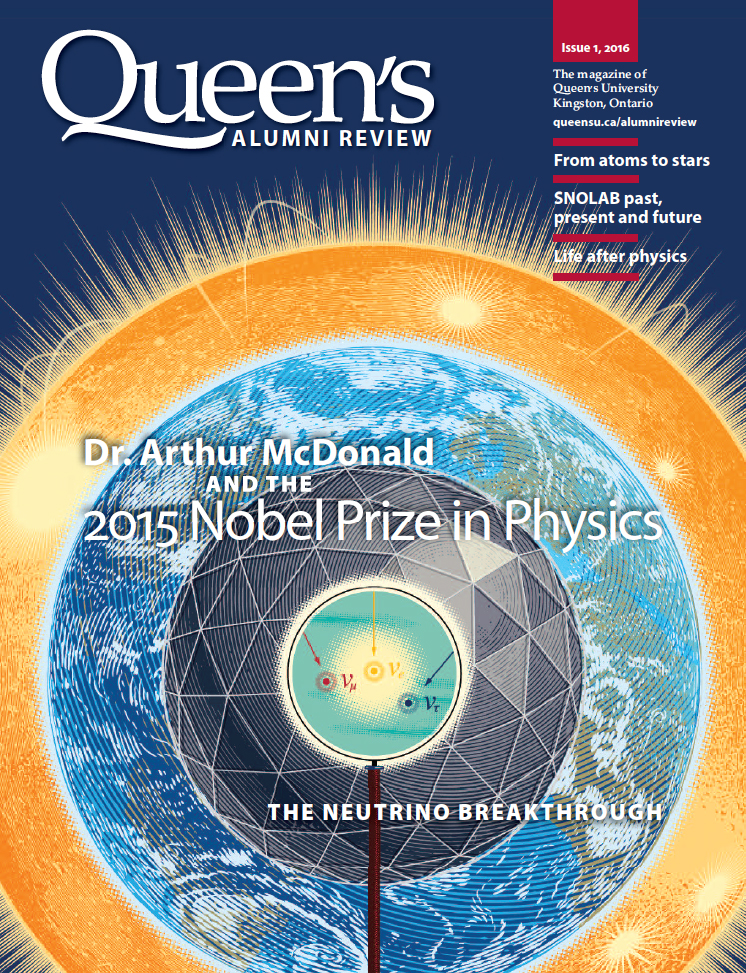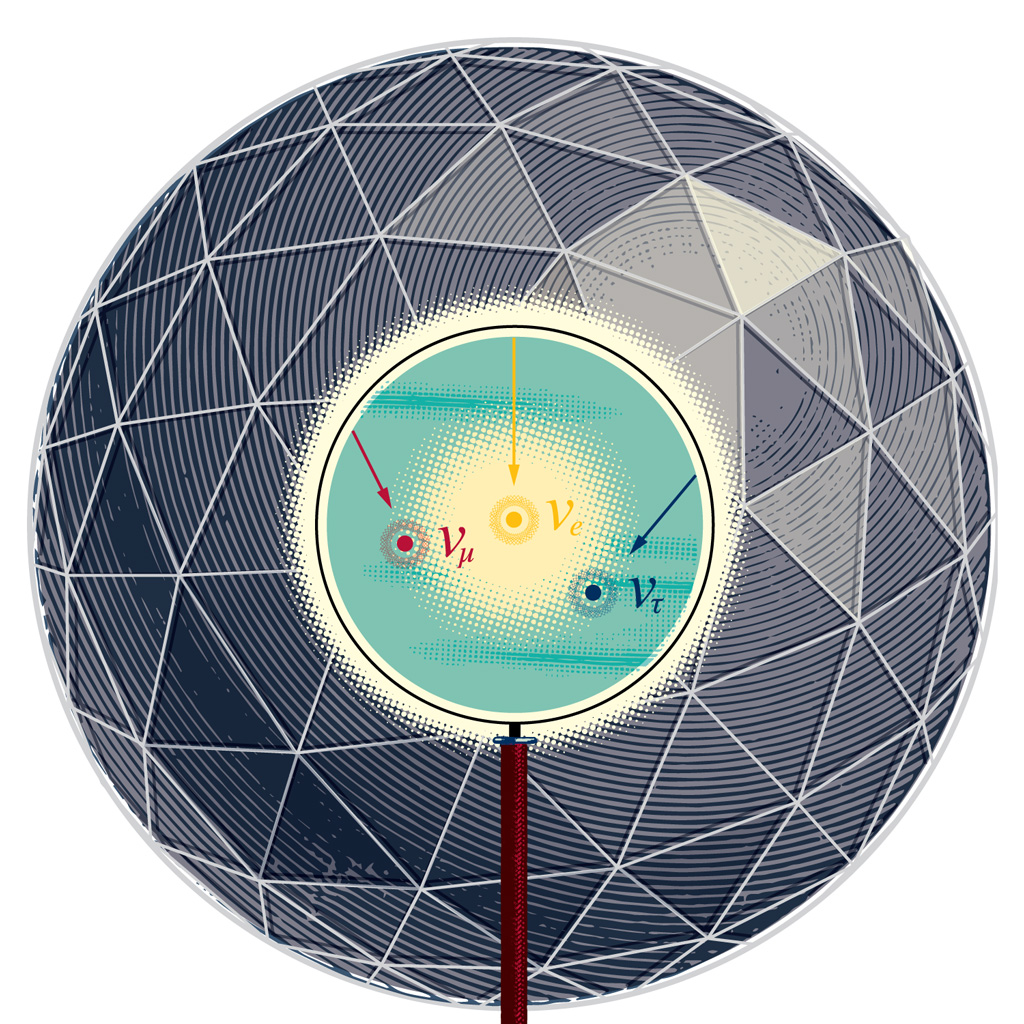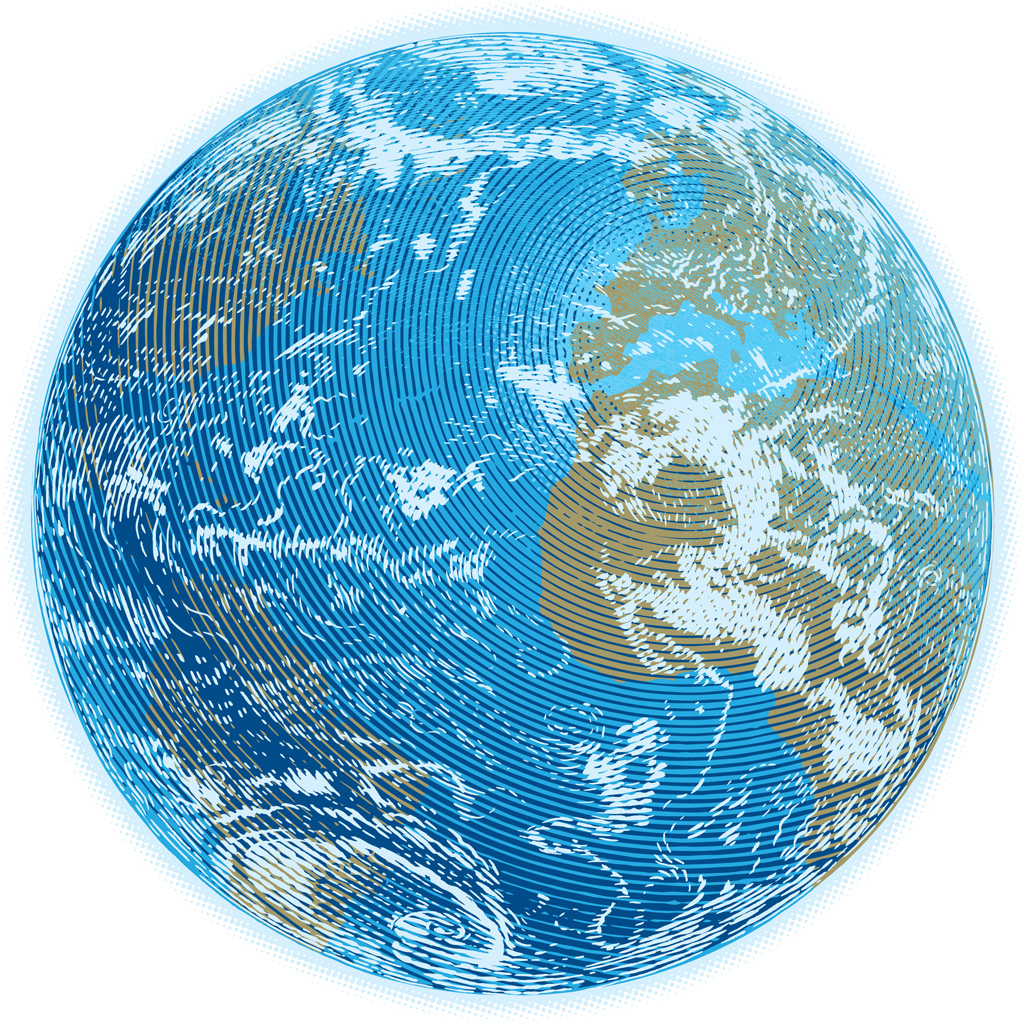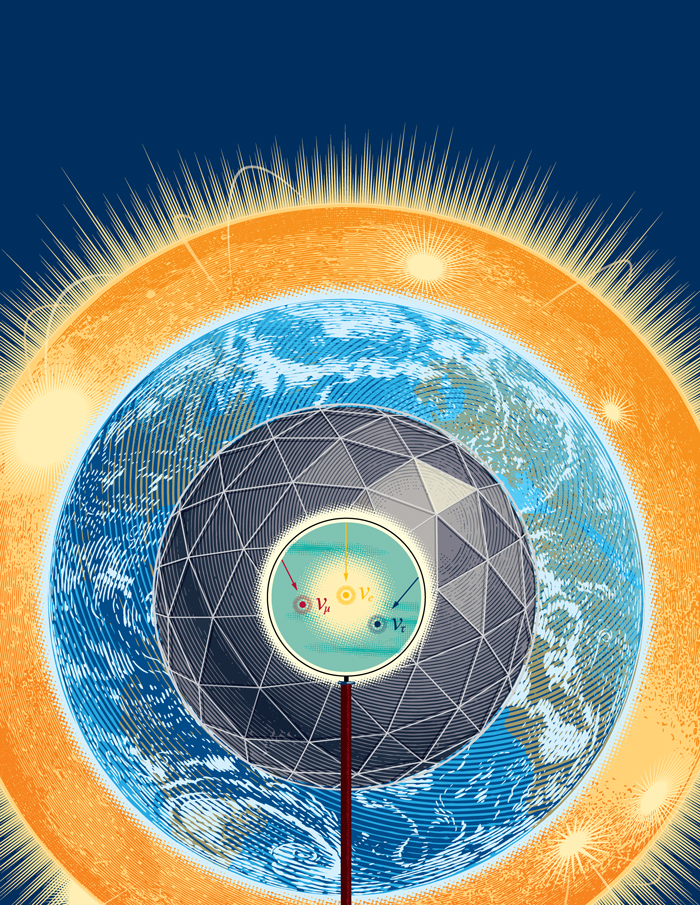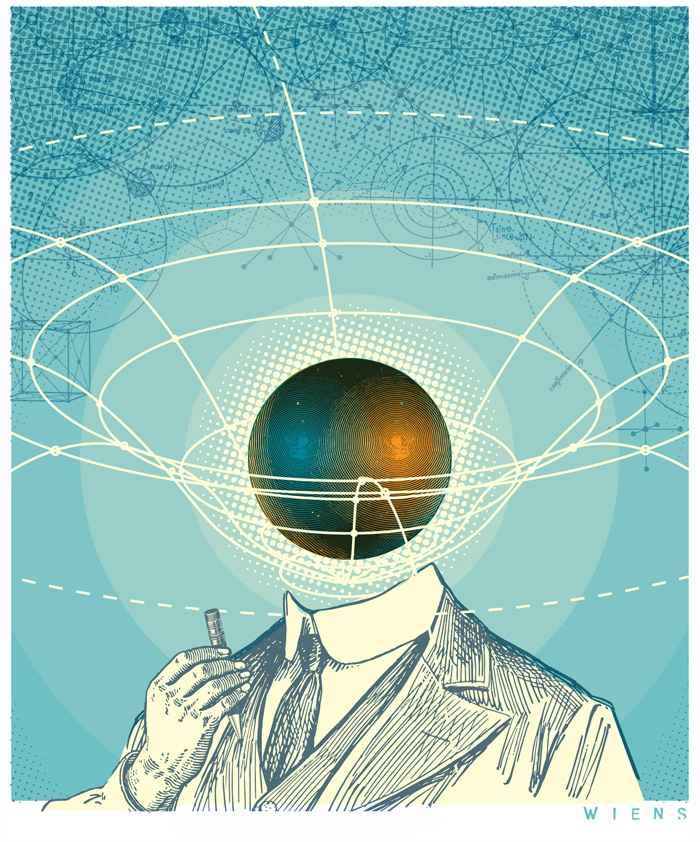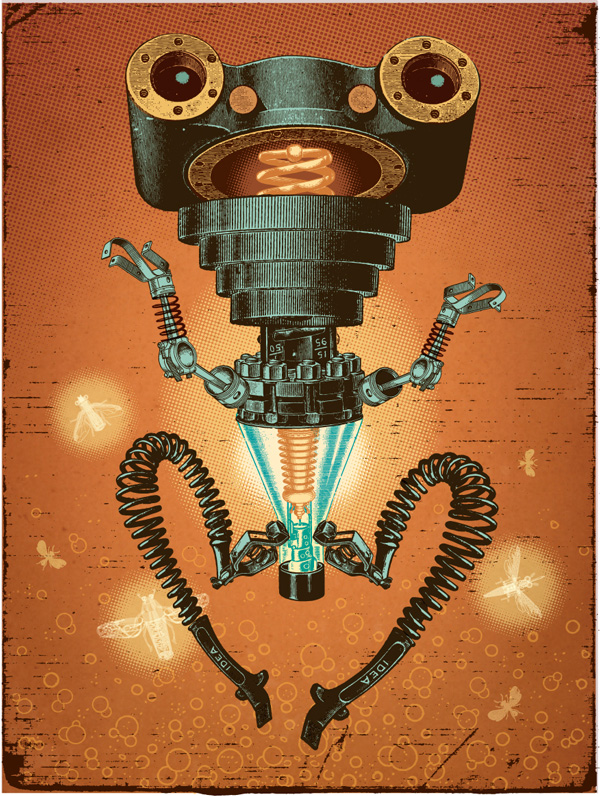On the Go
 Sunday, December 20, 2020 at 11:03AM | Published in
Sunday, December 20, 2020 at 11:03AM | Published in  Assignment work,
Assignment work,  Carl Wiens Illustration |
Carl Wiens Illustration |  Post a Comment
Post a Comment Working on assignment has its challenges and rewards. The isolation of working in a studio is what an artist needs to be productive, but it can also result in negative thoughts and loneliness. I've been dealing with this dynamic for decades, and I make a conscious effort to get outside, go cycling, or meet with friends. While that used to be easy, living in pandemic conditions takes more time and effort to make connections.
It's been a challenging year for so many. I feel fortunate to have kept busy and productive in 2020, to work with art directors and interesting topics. Here's a few of my favourite editorial art assignments:

I worked with Darin Johnson at Car and Driver, on the miraculous mileage results for Tesla vehicles. We decided to develop kind of perpetual motion treadmill. Oh man, I rolled up my sleeves and dove into this one! Here's the spread:

Another technology-related article, for the Washington Post, about using AI to rewire the brain to connect with moving prosthetics. If the science continues to make progress at current rates, exoskeletons and prosthetics could allow spinal injury patients to walk again.


Of course, the Covid crisis is something we've endured this year, doing our best to stay safe and healthy. I worked on this assignment for the New York Times, about a post-covid economic recovery. A pleasure to work with AD Alla Dreyvitser on this.

 Car and Driver,
Car and Driver,  Science,
Science,  Tesla,
Tesla,  Washington Post,
Washington Post,  technology
technology 





